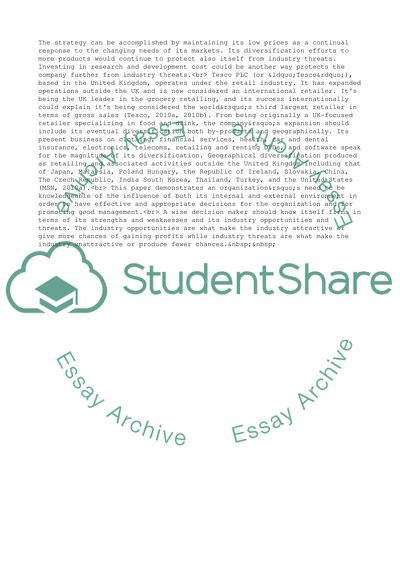Cite this document
(Fundamentals of Financial Management Research Paper, n.d.)
Fundamentals of Financial Management Research Paper. Retrieved from https://studentshare.org/management/1572430-business-appraisal
Fundamentals of Financial Management Research Paper. Retrieved from https://studentshare.org/management/1572430-business-appraisal
(Fundamentals of Financial Management Research Paper)
Fundamentals of Financial Management Research Paper. https://studentshare.org/management/1572430-business-appraisal.
Fundamentals of Financial Management Research Paper. https://studentshare.org/management/1572430-business-appraisal.
“Fundamentals of Financial Management Research Paper”, n.d. https://studentshare.org/management/1572430-business-appraisal.


